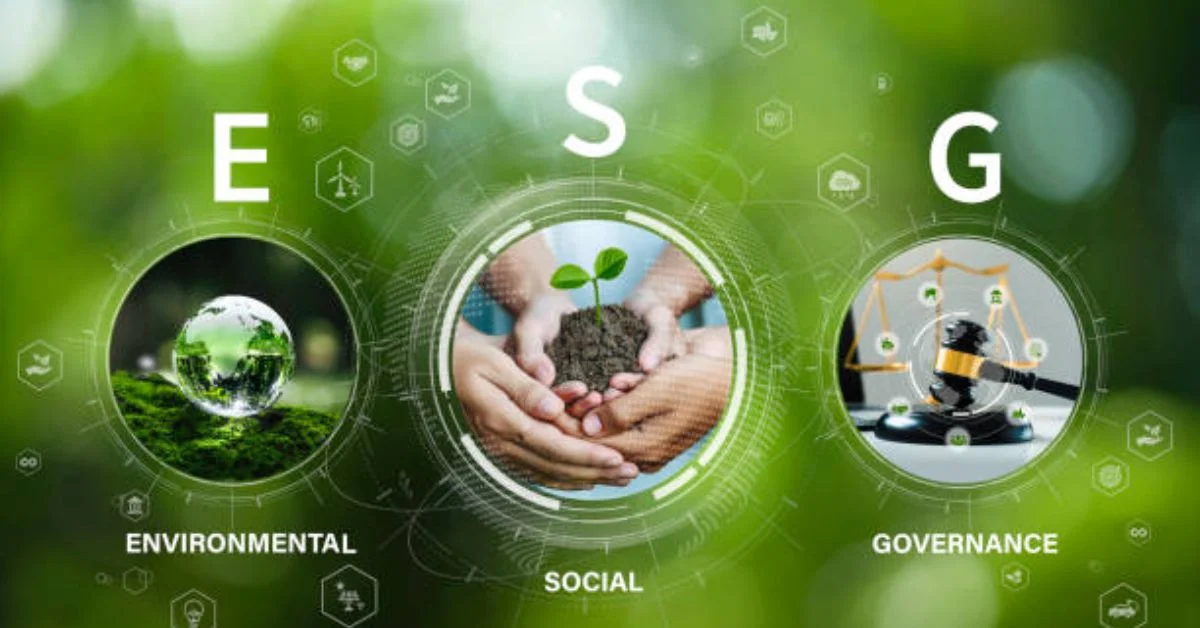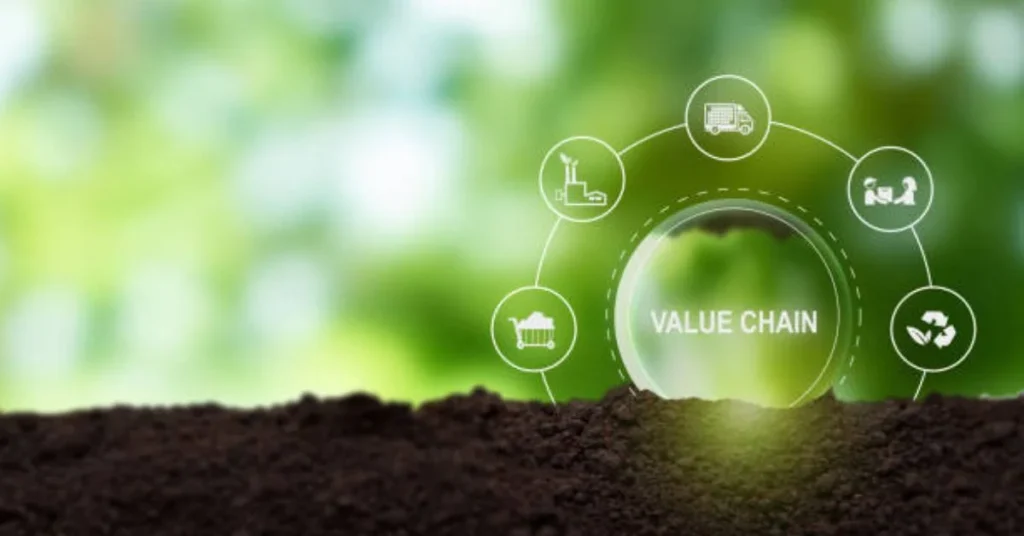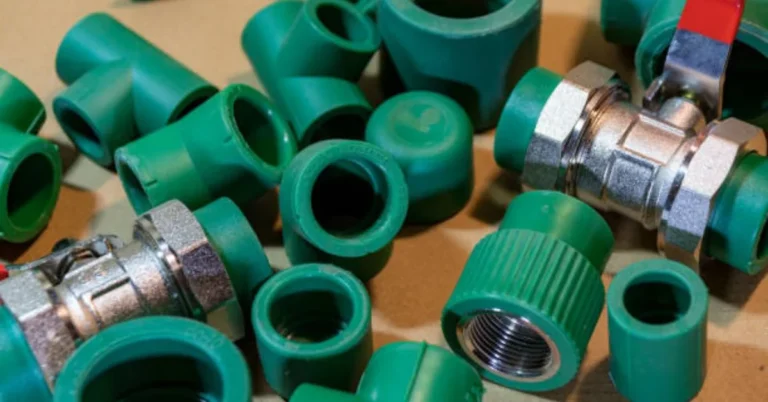
In commercial real estate, due diligence is not just a best practice—it’s a necessity. Among the most critical due diligence tools is the Phase 1 Environmental Site Assessment (commonly known as a Phase I ESA). Whether you’re a property developer, investor, lender, or business owner preparing to acquire a parcel of land or a building, understanding what a Phase I ESA entails—and more importantly, what it costs—is essential for informed decision-making.
The Phase 1 Environmental Site Assessment cost is influenced by a variety of factors including property size, location, historical usage, intended development, and the complexity of local environmental conditions. Unlike other forms of assessment that might rely solely on physical inspections, a Phase I ESA is a document-driven, professional analysis conducted by environmental consultants to identify potential or existing environmental contamination liabilities.
This in-depth, original article provides a thorough explanation of the cost structure, influencing factors, industry standards, process details, and budgeting strategies related to Phase 1 Environmental Site Assessments. Our goal is to provide clear and healthy content—free from shortcuts and generalizations—designed to empower you with all the knowledge you need to assess the value and importance of this investment.
What Is a Phase 1 Environmental Site Assessment?
A Phase 1 Environmental Site Assessment (ESA) is a report prepared for real estate holdings that identifies potential or existing environmental contamination liabilities. It is typically requested by buyers, lenders, or developers before acquiring or refinancing a property, particularly commercial or industrial properties. The assessment evaluates whether the site poses any environmental risk that might affect its value, usability, or regulatory standing.
The primary goals are to:
- Identify Recognized Environmental Conditions (RECs)
- Provide a defensible liability shield under the All Appropriate Inquiries (AAI) rule
- Determine whether further investigation (e.g., Phase II or III ESA) is needed
The Phase I ESA adheres to standards developed by the American Society for Testing and Materials (ASTM)—specifically ASTM E1527-21, the most recent guideline for conducting Phase I assessments.
Why Is It Important to Understand the Cost?
While many stakeholders acknowledge the necessity of a Phase I ESA, fewer understand what drives its cost. Whether you’re purchasing a $200,000 lot or a $5 million industrial park, understanding the components of the fee structure helps you:
- Budget appropriately
- Avoid low-cost providers who may compromise on quality
- Assess the value delivered by various consultants
- Understand how costs scale with risk and complexity
- Communicate confidently with partners, lenders, and regulatory bodies
The cost is not a flat rate—it reflects a balance between thoroughness, experience, and risk mitigation.
What Does a Phase 1 ESA Include?
Before exploring cost, it’s essential to understand what services are typically included in a Phase I ESA. A professional consultant or environmental engineering firm will typically perform:
1. Historical Records Review
This includes examining aerial photographs, fire insurance maps (Sanborn maps), city directories, topographic maps, and building permits. These documents help establish a chain of property use and identify any potentially hazardous historical operations.
2. Regulatory Database Review: Phase 1 Environmental Site
The consultant accesses federal, state, and local environmental databases for evidence of spills, underground storage tanks (USTs), hazardous material violations, and nearby Superfund sites.
3. Site Inspection
A physical walkthrough of the property helps identify environmental concerns such as stained soil, suspicious storage containers, vent pipes, transformers, or unusual vegetation patterns.
4. Interviews
The assessor may conduct interviews with current or past property owners, facility managers, neighbors, or government officials who can provide insight into past site usage.
5. Analysis and Reporting
The consultant compiles findings into a written report with conclusions and recommendations, including whether a Phase II investigation is warranted.
Factors That Influence Phase 1 Environmental Site Assessment Cost
The cost of a Phase I ESA is not static; it varies based on a number of site-specific and project-specific variables. Let’s examine each in detail:
1. Property Size and Type
- Small vacant lots typically cost less due to lower complexity and shorter historical records.
- Large industrial sites or multi-structure commercial properties require more extensive review, mapping, and time on-site, which raises costs.
2. Geographic Location: Phase 1 Environmental Site
- Properties in urban areas often involve more complex historical usage and overlapping records, which demand additional research.
- Rural properties may be less complex, but limited access to historical documentation can increase time and cost.
3. Intended Use
- If the buyer intends to develop or modify the site, consultants may include additional analysis or documentation relevant to future construction, such as zoning and soil data.
- For financing purposes, lenders may require specific language or compliance with institutional standards, which could influence the report format and cost.
4. Historical Usage: Phase 1 Environmental Site
- A property that was formerly used as a gas station, dry cleaner, auto repair facility, factory, or printing press may require more thorough investigation due to higher contamination risk.
- If records show consistent low-risk use (e.g., farmland, residential), the review is typically simpler.
5. Access to Records and Contacts
If previous owners or government offices are uncooperative or slow to provide documents, consultants may require more time, which can lead to additional fees.
6. Turnaround Time
A rush order (e.g., needed within 3–5 days) will almost always incur a premium, often 25% to 50% more than standard rates. Standard turnaround is usually 10–20 business days.
Typical Cost Range for a Phase I ESA
Based on industry practices and consultant standards, a typical Phase I ESA cost can range as follows:
| Property Type | Cost Range (USD) |
|---|---|
| Vacant land (under 1 acre) | $1,800 – $2,500 |
| Small commercial property | $2,200 – $3,500 |
| Industrial or mixed-use | $3,500 – $6,000+ |
| Large development parcel | $5,000 – $10,000+ |
Note: These are average ranges. Regional cost variation, consultant reputation, and project complexity can significantly affect final pricing.

What Is Not Included in the Base Cost?
It’s crucial to recognize that a Phase I ESA is non-intrusive—no soil, water, or air samples are taken. If contamination is suspected, a Phase II ESA may be required, which can include:
- Soil borings and sampling
- Groundwater monitoring wells
- Laboratory analysis
Phase II costs can range from $5,000 to $25,000+ depending on testing needs and depth.
Other services not typically included in a base Phase I ESA:
- Wetland or floodplain analysis
- Asbestos or lead-based paint testing
- Radon assessments
- Archaeological or cultural resource studies
These may be quoted separately based on lender or local requirements.
Choosing the Right Consultant: Phase 1 Environmental Site
Low-cost providers may skip key details or fail to meet ASTM standards, which can jeopardize financing or regulatory compliance. When choosing a consultant:
- Ask about ASTM E1527-21 compliance
- Request sample reports
- Inquire about professional certifications
- Clarify whether professional liability insurance is carried
- Ensure that local jurisdictional knowledge is part of their expertise
A high-quality consultant not only completes the report but also offers defensible conclusions, supports follow-up inquiries, and understands the broader context of your project.
Budgeting Tips for Buyers and Investors
- Include ESA costs in your overall due diligence budget early in the property evaluation process.
- Allow for contingency planning in case a Phase II or further investigation becomes necessary.
- If multiple properties are being assessed, ask the consultant for bulk or portfolio pricing.
- Clarify with lenders whether a third-party review or additional reporting requirements exist.
- Understand that price should reflect value: a poor ESA could cost far more in liabilities later than a high-quality one costs upfront.
The Value Beyond Compliance
Many see a Phase I ESA as a checkbox for lenders or regulators, but its true value lies in risk management. Environmental liabilities can:
- Render a property unusable for development
- Result in government-mandated cleanup
- Reduce resale value
- Lead to lawsuits or regulatory penalties
In that sense, even a $5,000 ESA may prevent six-figure remediation costs and save months or years of project delays.
Moreover, in emerging areas of green development and ESG (Environmental, Social, and Governance) compliance, early environmental due diligence demonstrates responsible stewardship, which enhances reputational capital and stakeholder confidence.
Conclusion: Phase 1 Environmental Site
The cost of a Phase 1 Environmental Site Assessment reflects much more than just research and reporting—it represents a safeguard for your investment, a shield from unforeseen environmental liabilities, and a stepping stone toward responsible and compliant property development.
By understanding the range of influencing factors, the components of the assessment, and the importance of consultant quality, you can approach your project with confidence, clarity, and control over environmental risk.
Although costs may vary depending on property type, location, urgency, and complexity, the insights gained from a professionally executed Phase I ESA are well worth the investment—both financially and environmentally.
FAQs on Phase 1 Environmental Site Assessment Cost
1. Is a Phase I ESA always required before buying property?
No, but it is strongly recommended, especially for commercial or industrial properties, and often required by lenders.
2. Can I conduct a Phase I ESA myself to save money?
No. It must be conducted by a qualified environmental professional who meets ASTM standards to be legally and financially defensible.
3. How long does a Phase I ESA typically take?
Standard turnaround is 2 to 3 weeks. Rush services may be available at an added cost.
4. What happens if a Phase I ESA finds contamination?
A Phase II ESA is usually recommended, which involves sampling and testing. Costs and timelines will depend on site-specific conditions.
5. Are Phase I ESA costs negotiable?
Some consultants may offer discounts for multiple sites or repeat clients, but cutting corners on price can increase long-term risk.
For more information, click here.






